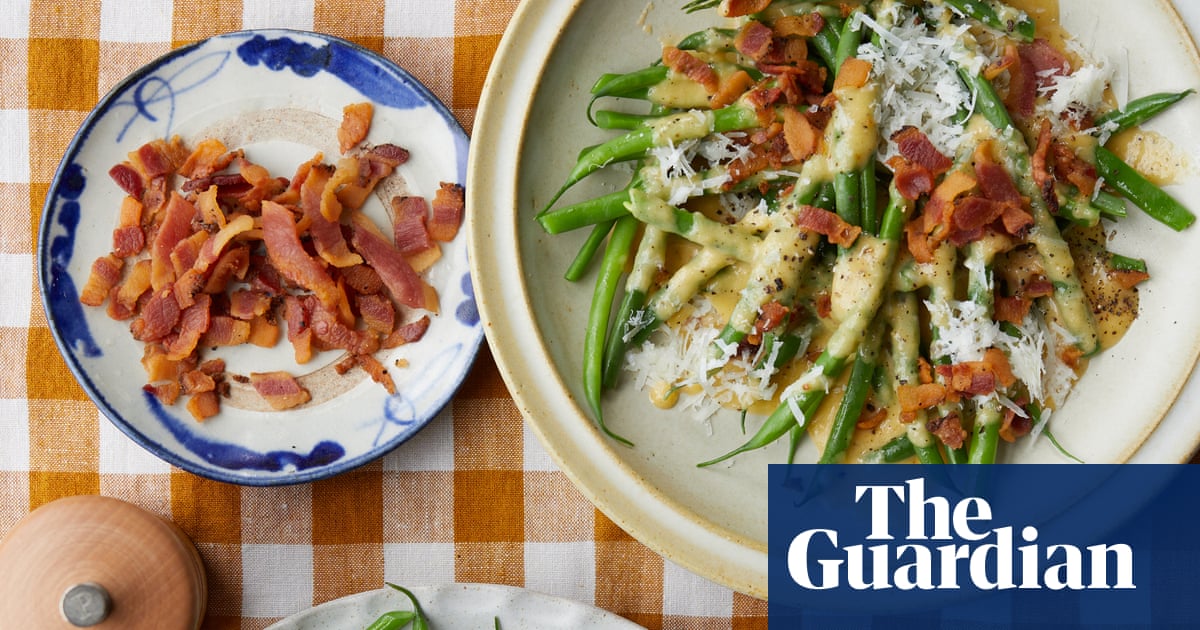
"Italian cuisine so often references old times; I love simple food and forgotten tales, too, but I also feel the need to escape this tradition. We opened our restaurant, Trattoria della Gloria, in Milan in 2023, and instinctively refused to spend every night selling a remote and often fictional past. Instead, we explore and experiment with ancient gestures, methods and pairings to create new old things. That is, dishes that our grannies could have made, but didn't."
"Italian sauces do exist, but they are held in captivity by pasta dishes. Carbonara, say, has become a very serious matter, calling for nothing but guanciale (cured pork cheek) and pecorino romano. It's good, but it's actually a very recent tradition: as a child in north Italy in the 1990s, I had never even heard of guanciale, and our carbonara was just fine."
"Cut the guanciale (or most likely pancetta) into 5mm strips or cubes and put them in a cold, nonstick frying pan. Turn on the heat to low, then slowly heat up the meat (with no oil), tossing or stirring every now and then, for about eight minutes in total, until the fat starts to melt and the pieces of pork first turn translucent and then go crisp."
A Milan restaurant opened in 2023 that refuses to sell a remote or fictional past and instead experiments with ancient gestures, methods and pairings to create "new old" dishes. Italian cuisine often favors simplicity, with meat, fish and vegetables served with little more than olive oil; sauces are mainly confined to pasta. Carbonara is commonly treated as a strict tradition insisting on guanciale and pecorino, though regional memories differ. A green-bean carbonara adapts the technique by slowly rendering cured pork fat and whisking it with eggs and cheese to form a hollandaise-like sauce for the beans.
Read at www.theguardian.com
Unable to calculate read time
Collection
[
|
...
]